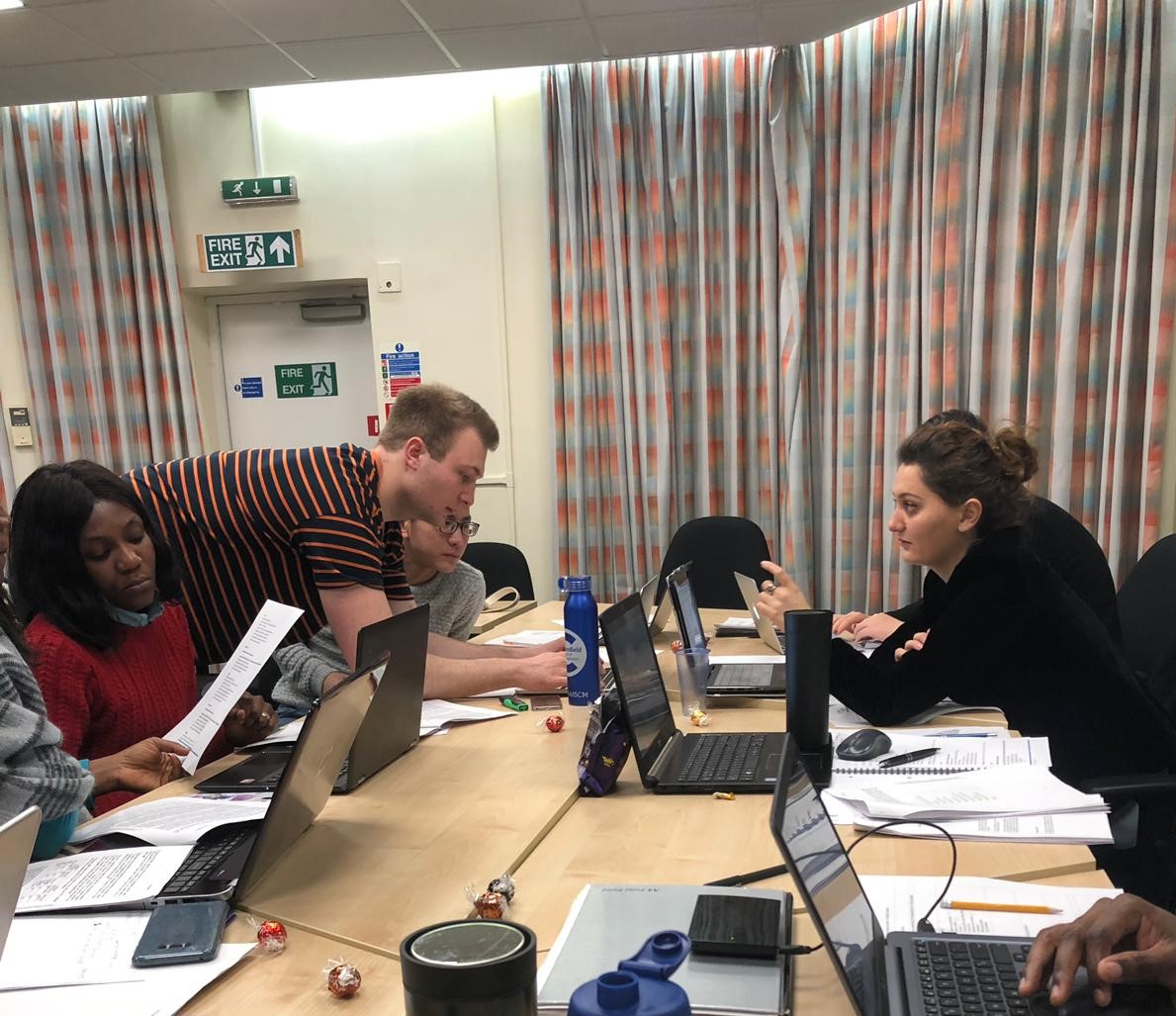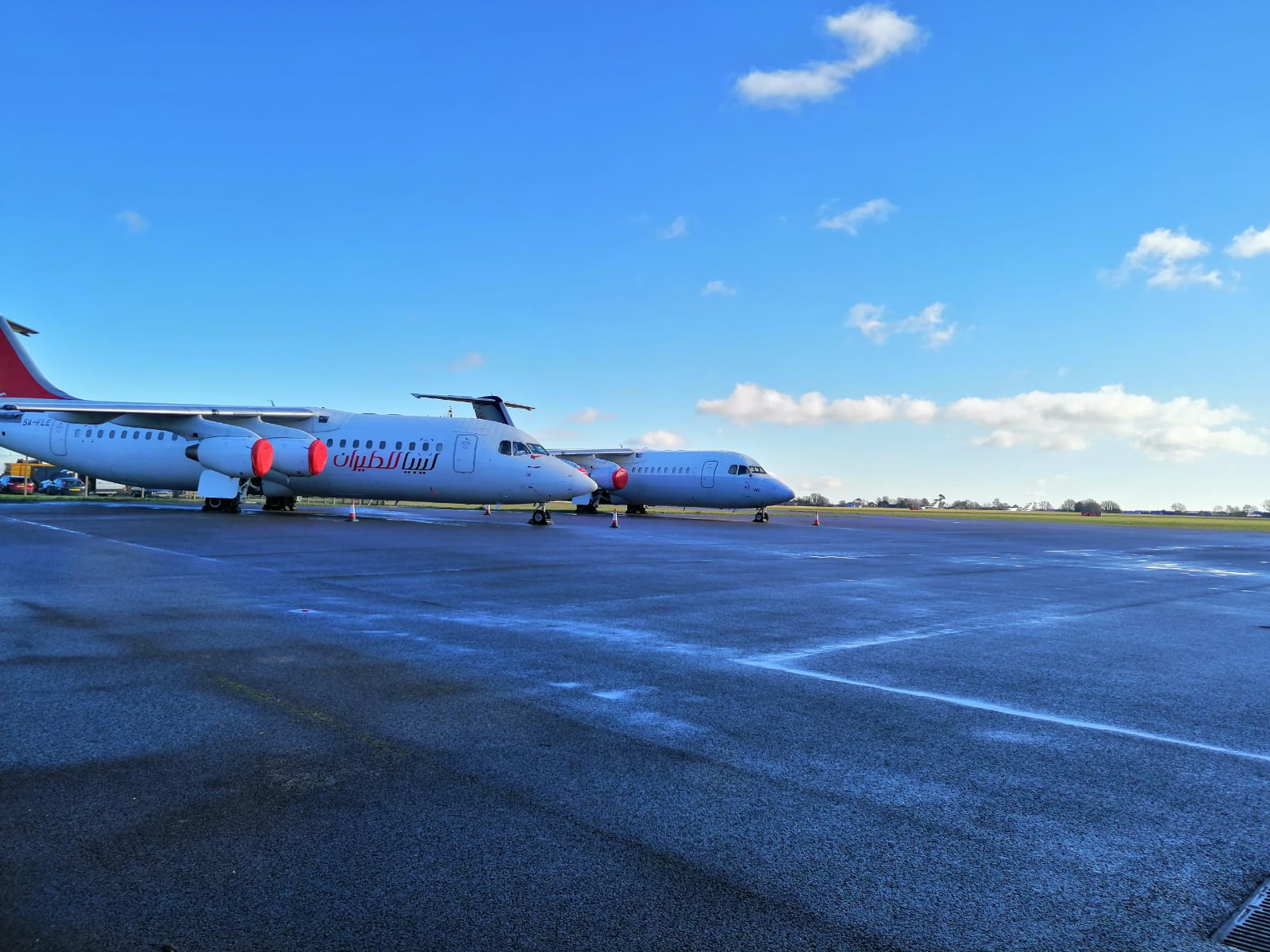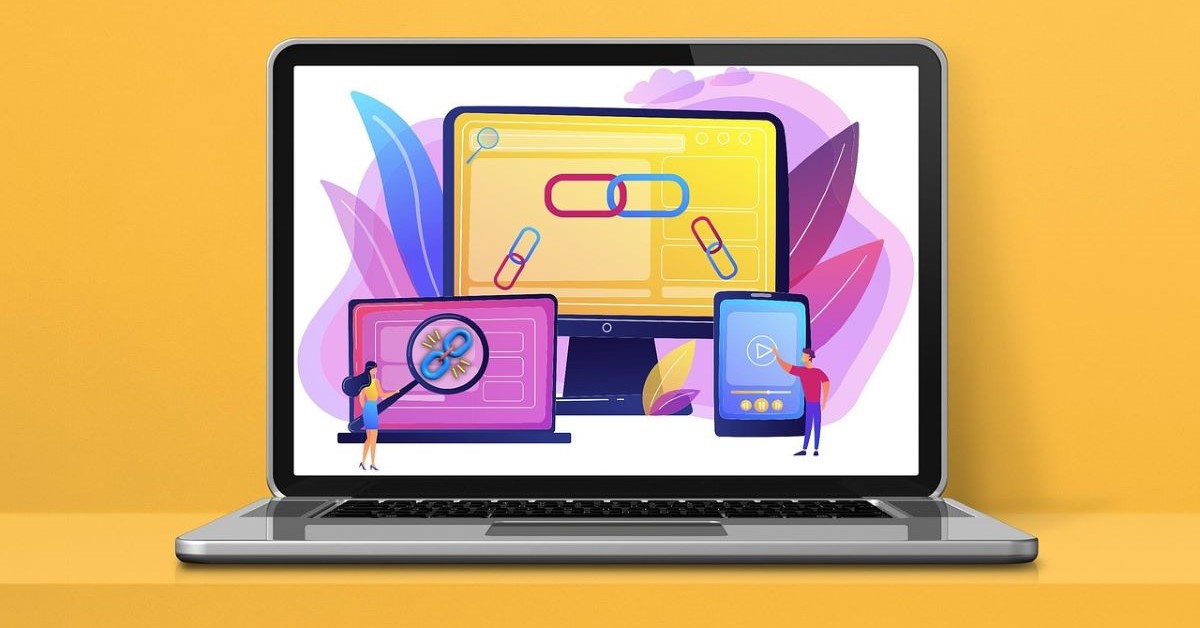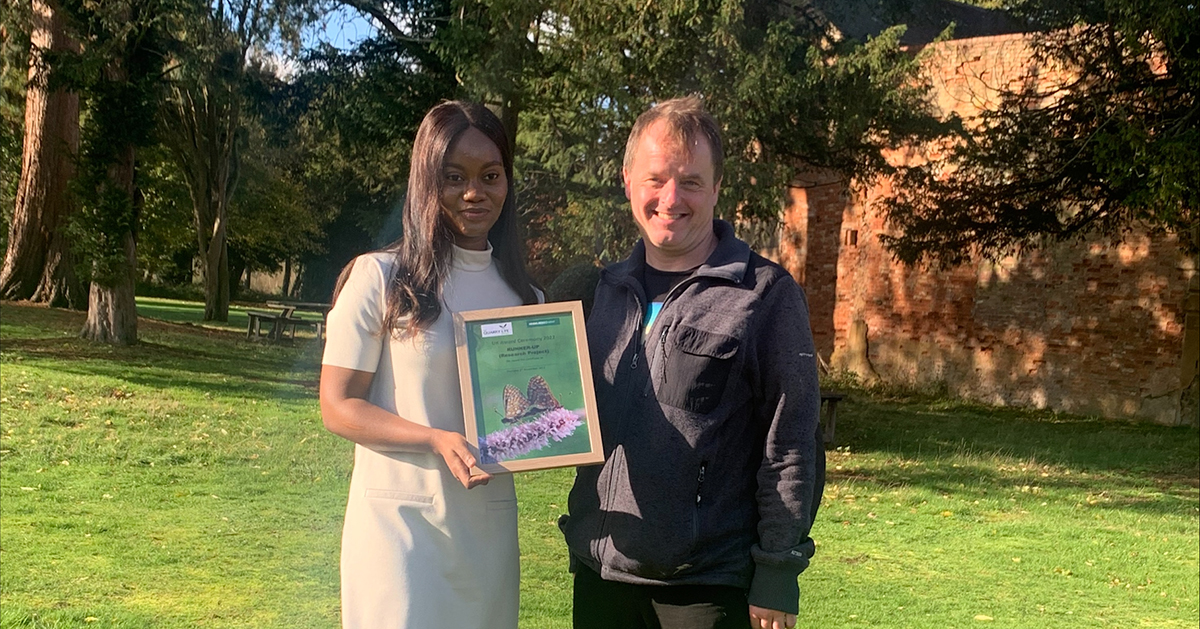How to master the art of negotiation at Cranfield
15/02/2019

By: Rusa Gongladze, Pernille Darville and Alexander Hartmann
MSc Students in Procurement and Supply Chain Management
January, 2019
We have to admit that Negotiation and Contract Management is the best module we have covered up until now on the MSc Procurement and Supply Chain Management.
The five four-hour sessions were intense but perfectly structured. In the beginning, we were quite skeptical about the negotiation part of the module. In the first lecture we thought to ourselves that what the professor explained was all common sense and we were not expecting to learn anything new to be completely honest. But, when we were divided into teams after the first two hour session and were asked to negotiate, it turned out that applying all this “common sense” in practice was not that easy after all.
Actually, most of us ended up without a deal and being quite frustrated about the other party’s performance. This is where it got interesting. In every other lecture, the theoretical part was followed by practical negotiations, based on a case study that appeared to be fairly simple.
The negotiations allowed us to apply our knowledge and to put it into practice, we also had the chance to reflect on what went wrong last time and what had been improved this time. For example, when you talk about hard bargaining style and the consequences it might have, you think yes, that’s easy, we can find the way out easily. However, when you face the actual fact, you end up in deadlock and find it quite hard to come up with a solution. Teams we worked with changed every session and it was very useful in a way that you learn how to work with people from different cultural, ethnic, academic backgrounds. You might find it challenging to work with everybody in your team, but, hey, you have to figure out a way how to do it. So, it’s another important skill you acquire when studying at Cranfield.
Part of the final assessment included group work and involved a negotiation simulation on an aircraft deal. With enough time given prior to actual negotiations, we could see the vital role of preparation, measuring and comparing all the options, estimating what the other party might offer and preparing different solutions in advance. It was very interesting to observe how you have to change your strategies and approaches along the way to get the desirable outcome. Unlike previous negotiations, we even thought of how to place the tables in the meeting room to create a more welcoming atmosphere. It was a continuous development process from one session to another. Everything we learned throughout this module is very useful not only for the business world, but everyday life small negotiations.
Putting your time and efforts into this module delivered by Farooq Habib, is definitely worth it and highly recommended.
And, yes, we managed to get the deal after two hours of non-stop negotiations on the final day! You can see our hard work and finally happy faces in the pictures – Victory of Win-Win outcome achieved! 🙂
Win-Win – We have a deal!!

Not every party seems happy with how the negotiation is progressing!

It requires hard work and intense discussions to find a common ground!

Seems everybody is happy and we are ready to sign a DEAL!

Great daily view of Cranfield Airport! #CranfieldLife
Categories & Tags:
Leave a comment on this post:
You might also like…
Executive Insights: Studying Logistics and Supply Chain While Leading a Business
Q&A with Rory Comerford, Managing Director, Capcon Limited “I chose to study the part-time Executive Logistics and Supply Chain Management MSc at Cranfield to advance my career and gain a deeper understanding of this ...
Too much to do? Can’t get your thoughts down on paper?
Our Study Skills Hub has two sections that may be able to help you! In Time Management we have some great tips on how to manage your time, to prioritise, and de-stress. First of all, ...
How do I cite… quotations from video content in the APA7 style
When you quote from another source in your writing, you would traditionally include a page number in your in-text citation. But what do you do when there are no pages? How would you cite a ...
Using what you read in what you write – Summarising, paraphrasing and quoting other authors
University life involves a serious amount of reading and writing. We study the work of other people to inform ourselves about a topic. When we then re-use that knowledge to create our own work, we ...
Referencing in APA7: Using shortened URLs
As you may be aware, when you are referencing a website or any internet-based source you need to include the source URL. For most conventional reference lists, it is fine to include the URL or ...
Quarry Life and Cranfield Life
It might be thrilling to push yourself past your comfort zone, but it can also leave you feeling anxious and self-conscious. What if this is unsuccessful? What if I'm not as talented as I ...







Impressive…